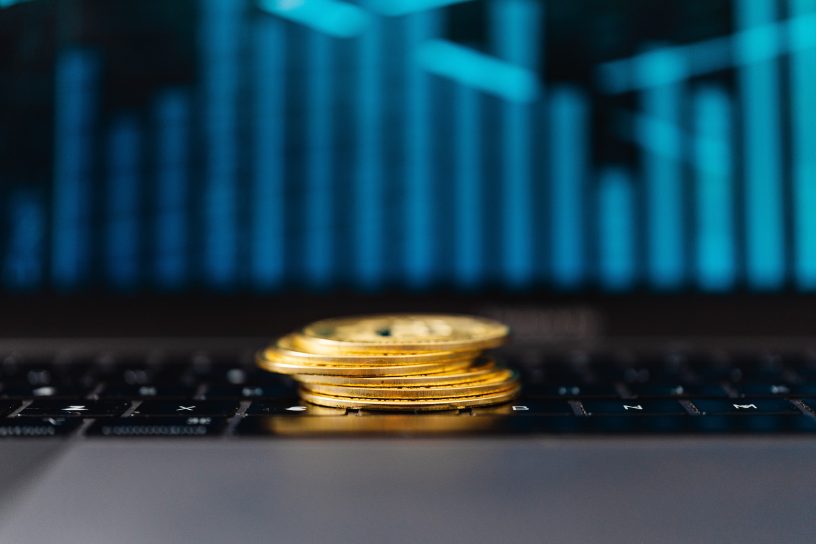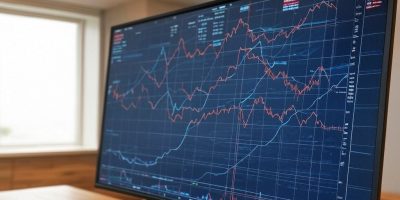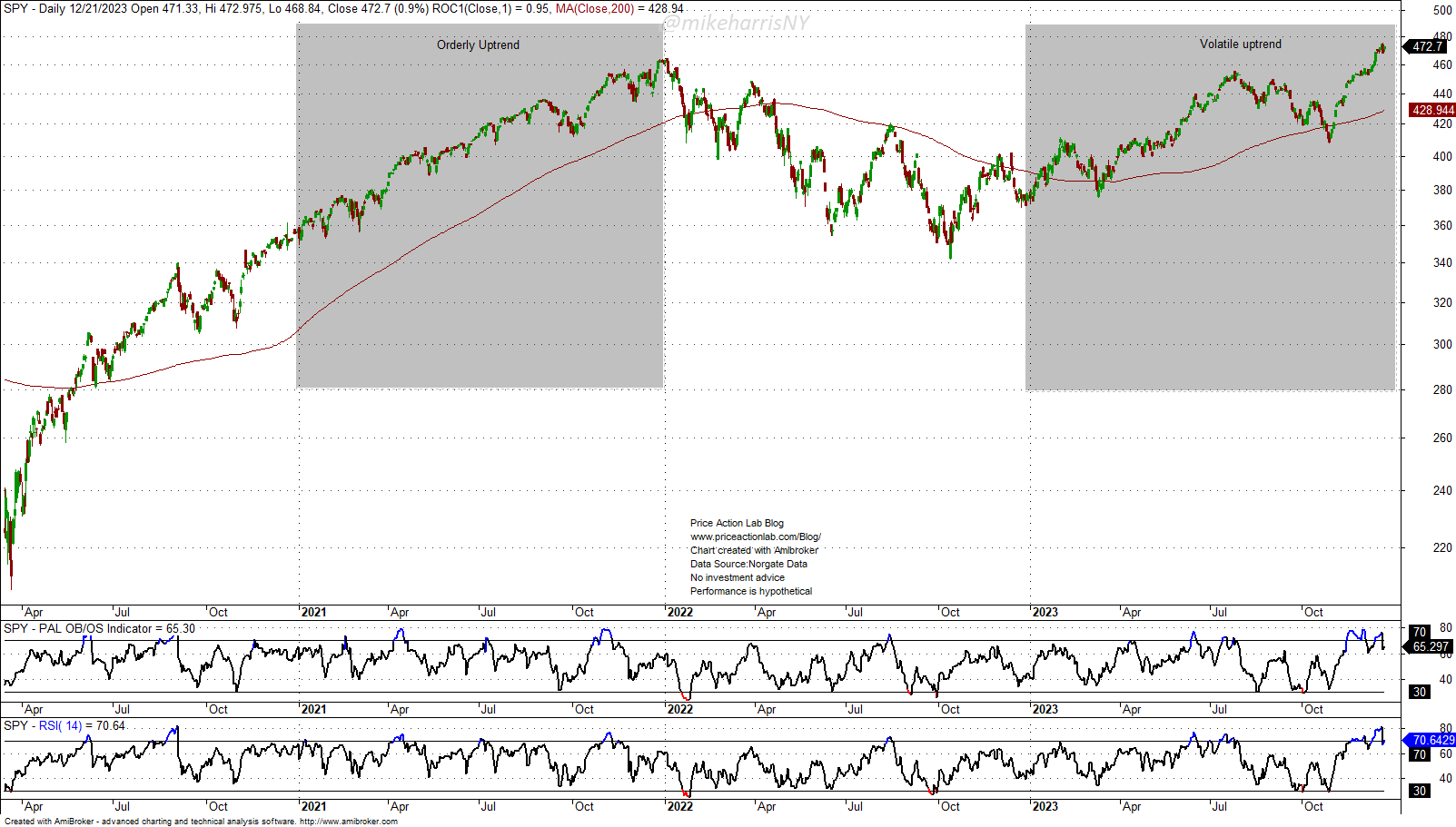Traders and investors with many years of market experience rarely brag about one highly profitable trade or one profitable year. They know markets are an uphill battle. There will be good trades, exceptional trades, and bad trades. There will also be good years and bad years.
On December 30, 2021, I wrote what I now think was a prophetic article (I am not bragging here): Not a Good Time to Brag About Returns.
Below is a quote from that article:
Traders and funds are better judged not from their performance in excellent years for passive investing but from their performance during bad times, i.e., when convexity is expensive but highly desirable. The bear markets are the time to talk about performance, not 2021.
The following year, 2022, we had a bear market. The S&P 500 index total return fell 18.2% after some serious damage control, with the help of the central bank, of course.
- Passive investors in the S&P 500’s total return lost 18.2%.
- Many systematic traders were down. Even short-only funds were unable to profit.
- Tail-risk hedging did not work due to a slow “pain trade.” Buying puts for protection generated large losses.
- Managed futures and trend following profited from the downtrends in equity and fixed income markets and uptrends in commodities.
Managed futures traders started bragging. There were thousands of hours of podcast time to argue that being flat for 10 years, from 2009 to 2018, also known as the “Lost Decade” was an aberration and the future was bright. This year, the SG CTA and trend indexes are down, along with most managed futures ETFs. Some investors avoid managed futures because of the narratives that extrapolate past returns into an uncertain future. Managed futures are useful when considered in the right context and with the right allocation scheme.
I also wrote in that December 30, 2021 article:
This year [2021] was a gift from central banks to investors. These gifts are rare. The market may gain 30%, or even more, again in the future during a year but not in the orderly way it was achieved this year.
In 2022, we had that “pain trade,” and the uptrend this year has not been as orderly as the one in 2021. The S&P 500 total return is bound to exceed 25% if there is not a short-term correction in the last week of the year.
In my opinion, traders and investors will be judged on how they performed in the last two years on a risk-adjusted basis, not based on just the returns of this year.
It is again “not a good time to brag about returns,” as was the case by the end of 2021. This is one reason I chose the “Risk Management” category for this article.
Disclaimer: The premium articles are provided for informational purposes only and do not constitute investment advice or actionable content. We do not warrant the accuracy, completeness, fitness, or timeliness for any particular purposes of the premium articles. Under no circumstances should the premium articles be treated as financial advice. The author of this website is not a registered financial adviser. The past performance of any trading system or methodology is not necessarily indicative of future results. . Read the full disclaimer here.
Charting and backtesting program: Amibroker. Data provider: Norgate Data
If you found this article interesting, you may follow this blog via RSS, Email, or Twitter.








